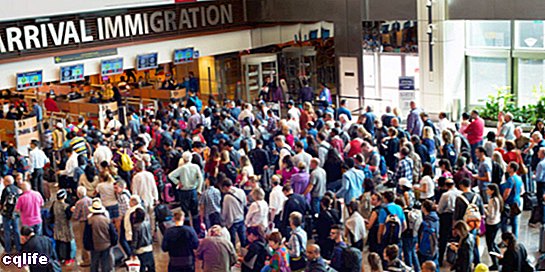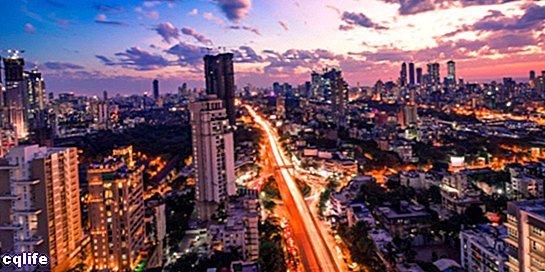- What is immigration?
- Causes of immigration
- Immigration and emigration
- Countries with the most immigrants
- Countries with the most emigrants
We explain what immigration is, its causes and differences with emigration. In addition, the countries with the most immigrants and emigrants.

What is immigration?
Immigration is a type of displacement human (that is, a type of migration) in which individuals from another country or another region they enter a certain society. In other words, it is about the arrival of migrants to a given country, the opposite in that sense to emigration.
Immigration (and emigration, its other side) is an extremely common event in the history of the humanity, which has occurred since time immemorial, and that although it may be a controversial event or generate discomfort in the citizens local, in reality It is one of the most important sources of variation and cultural, genetic and economic diversity of civilization.
Immigrants can leave their native land for various reasons, but generally they bring new elements to their destination: more or less qualified labor, new knowledge, they enrich from the culture destination, and even provide new genes. This type of migration can be permanent, or it can be temporary, when immigrants return to their original territory after a while.
It is estimated that in the world there are (in 2015, according to the World Population Index) some 236,288,358 immigrants.
Causes of immigration

The causes of immigration can be diverse, and among them we can list:
- Poor living conditions in the country of origin. This may consist of economical crisis, social or political, that subject people to the poverty, the violence or social confrontation, which would push many to seek new horizons to be able to send money to their families who were left behind.
- Wars or natural tragedies. Humanitarian catastrophes, whether of origin natural or human, they always generate waves of immigrants (refugees, displaced persons) who flee to neighboring countries.
- Personal opportunities. There are also immigrants who pursue job, love or personal offers, and which are generally isolated and singular cases.
Immigration and emigration
Immigration and emigration are two sides of the same coin: migration. But if in the first case the migrants arrive from distant countries, in the second the migrants leave for distant countries. This, clearly, from the perspective of a country of origin, since the immigrants from here are the emigrants from there and vice versa.
Generally, both processes are understood in terms of a migratory balance: the countries with more immigrants present a positive or favorable balance (not from a qualitative point of view, but quantitative, that is, these migrants may or may not be more or less a benefit for the country that receives them), while countries with high emigration rates show negative balances, as they “lose” citizens.
Countries with the most immigrants

Immigration occurs in all geographical and historical settings, generally from the societies more depressed towards the more buoyant. It is estimated that the countries with the highest population immigrant (according to the 2015 census of the World Population Index) are:
- U.S. With 46,785,090 immigrants.
- Russia. With 13,048,064 immigrants.
- Germany. With 9,895,244 immigrants.
- Saudi Arabia. With 9,360,433 immigrants.
- United Arab Emirates. With 7,826,981 immigrants.
- United Kingdom. With 7,804,131 immigrants.
- France. With 7,439,086 immigrants.
Countries with the most emigrants

According to the International Migration Report, the countries with the most emigrants are:
- India. With 15.6 million emigrants.
- Mexico. With 12.3 million emigrants.
- Russia. With 10.6 million emigrants.
- China. With 9.5 million emigrants.
- Bangladeshi With 7.2 million emigrants.
- Pakistan. With 5.9 million emigrants.
- Ukraine. With 5.6 million emigrants.
